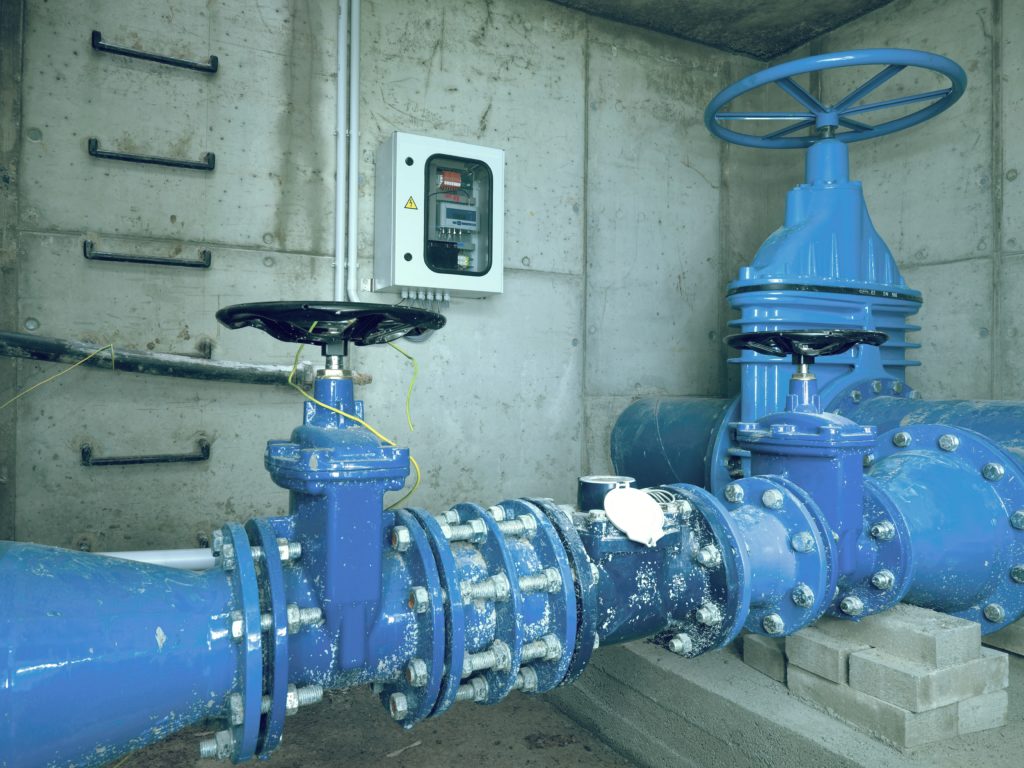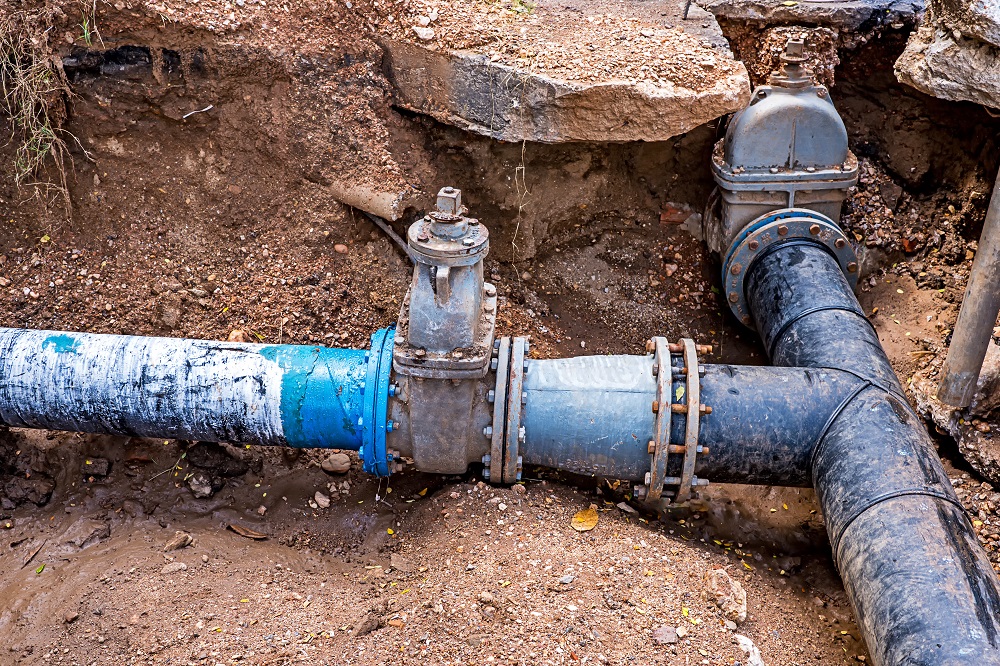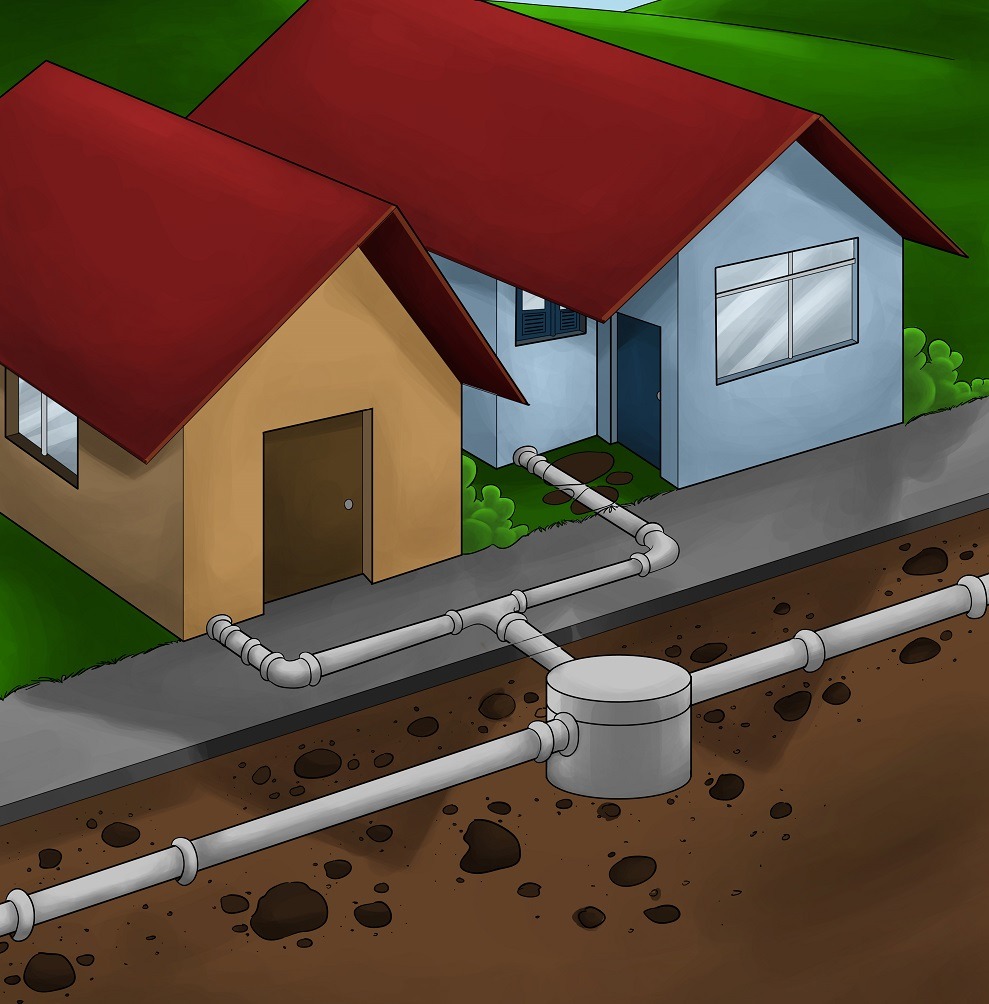


After decades of disinvestment in our infrastructure and water systems, the U.S. federal government passed a $1 trillion Infrastructure Investment & Jobs Act, investing in our nation’s infrastructure, everything from roads to internet to public transportation and more. Although drinking water, wastewater, and stormwater infrastructure are critical pieces of the funding only six percent will go towards water projects.
Now is when the real work starts—helping communities access the federal funding to solve persistent problems with drinking water and wastewater systems. Freshwater Future has already started!
We believe it is critical that residents get involved to help their communities access the funding and ensure it is spent on what is needed most, whether it is replacing lead water pipes, cleaning up toxins in drinking water, providing safe alternative water supplies, upgrading treatment plants, etc.
Freshwater Future and our partners in the All About Water collaborative have been working hard to ensure that as this money flows from Congress, state and municipal processes are in place to ensure that funding can go to solving water problems where it is needed most. This includes training community groups to ensure their municipalities have the tools to access the funding and that community voices are at the forefront of identifying community needs. One of these structural pieces was providing a definition of “disadvantaged community,” since legislation has not done so.
Historically, rural and low-income communities have struggled to access federal infrastructure dollars that flow through states for a number of reasons including lack of staffing to complete the process of applying for funds, ability to provide or access required matching funds, lack of resident base able to repay funds when they are in the form of loans, and more. Provisions in the bills are now trying to remedy these disparities, including providing a certain amount of funds being available to “disadvantaged communities” only.
One or two federal funding initiatives can’t possibly solve all of the water needs. A few of the other threats Freshwater Future is concerned about include:
Copyright 2025 Freshwater Future. All Rights Reserved.